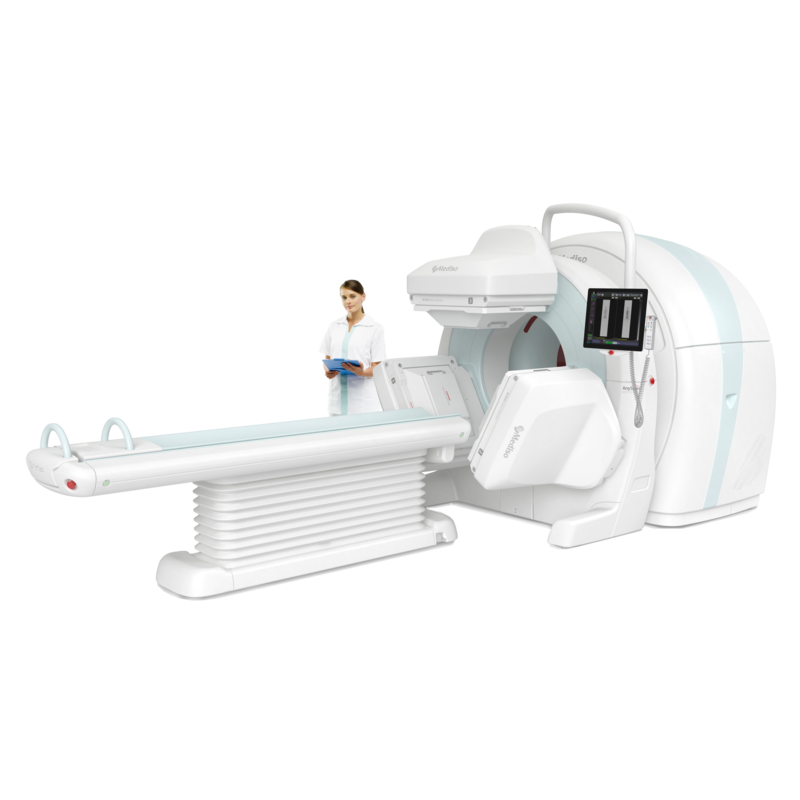Generative models of Gamma cameras
One of the most important part of process of nuclear imaging is the gamma-camera. Its responsibility is the direction, position and energy sensitive detection of gamma photons flying towards the surface of the camera.
We frequently simulation random walk of photon in SPECT imaging. This task is computationally intensive, and the required time depends on the geometry of the camera itself. The most commonly available camera configuration, the so-called parallel hole camera, has the one of the most difficult geometry.
We need to simulate the random walk of photons many times during SPECT reconstruction. The high computation requirements of the common configuration make it impossible to use that many simulations in practice. We need a way to sample the response function of the gamma camera efficiently, regardless of the geometry of the camera itself.
We can on the other hand, measure the response functions of any gamma camera configuration easily with GATE, which is a Monte Carlo simulation software package used in nuclear imaging. We have built a geometric model of the gamma camera in GATE and and created scripts for producing input-output pairs of the response function.
Your task is processing the result of the simulations and train generative neural networks which can produce samples for Monte Carlo simulations. You shall compare different generative models like generative adversarial networks (GANs) and variational autoencoders (VAE). You must find the optimal hyperparameters of the used models. You shall also validate the generative models.
If you are interested in this topic, contact us on medisolab@inf.elte.hu e-mail address. Please add the title of the topic into the subject of your e-mail.